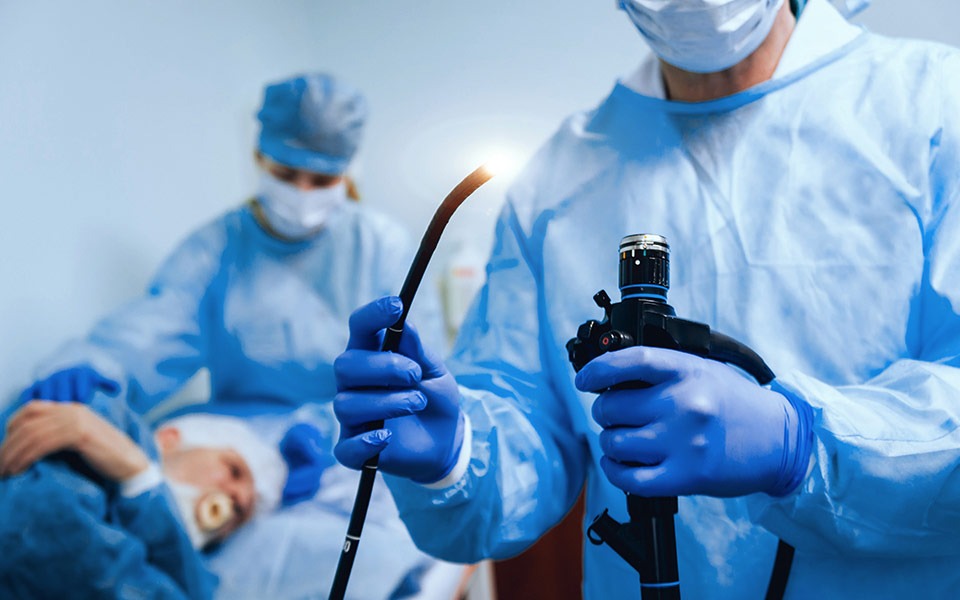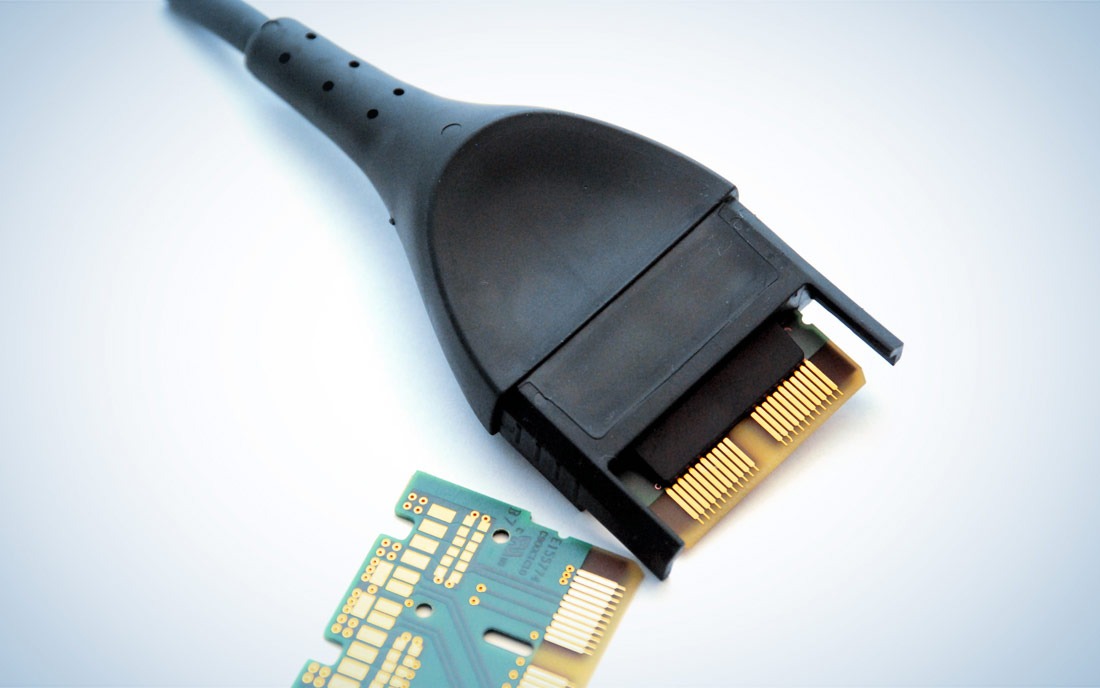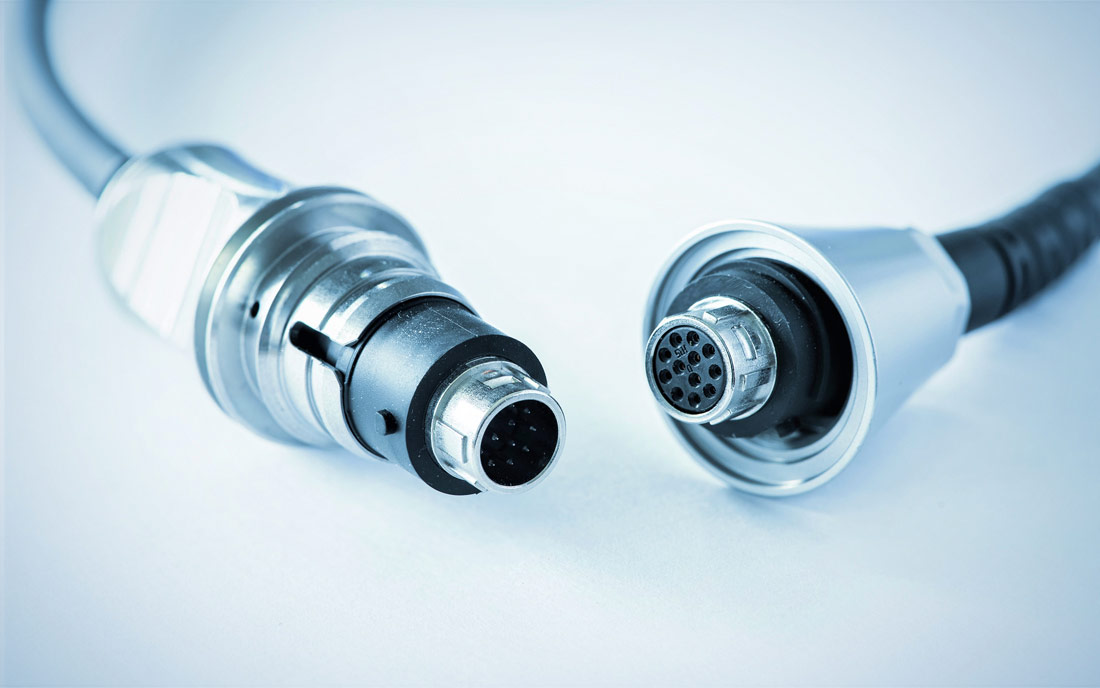
Imaging
If you are planning a new connection system, please contact your appropriate regional contact personImaging
Cables used in imaging applications need to be flexible and sterilizable. Through the use of Silicone and Santoprene cable jackets and overmolds, fully encapsulated and protected integrated circuit boards and resilient inner cable core bundles, we are able to meet our customers’ requirements.
Advantages for our customers:
• Autoclavable cable jackets and overmolds from Santoprene and Silicone when needed for sterilization
• Durable Polyurethane materials for proven rugged long life if autoclaving is not required
• Ultra smooth finish coatings are possible, such as parylene
• Compact solutions for circuit board encapsulation
• Standard connectors or joint development of a new custom connector solutions
Imaging
ENDOSCOPY
Rugged, reusable, and sterilizable cables for data and image transmission with sterilizable cables, including fiber optic options. Connection cables and device receptacles for accurate placement of endoscopes inside the body.
Advantages for our customers:
• Autoclavability due to the use of silicone or Santoprene material
• IP 68 protection by potting and overmolding of the connectors
• PCB edge connectors for lowest possible installation height
Imaging
ULTRASOUND
Patient-friendly cables with non-irritating, non-sensitizing materials and other ultra-smooth surfaces.
Advantages for our customers:
• Autoclavability
• Use of silicone or Santoprene material
• Optimal bend protection due to overmolding of the connectors on the control unit
Imaging
MRI/CT
As a development partner for cables for MRI/CT applications, we offer the right solution for optimized imaging of selected body parts. PCBs with electronic components can be integrated into the cable.
Advantages for our customers:
• Designed to exceed the specified mechanical forces the cables will need to endure during its expected lifetime
• Smaller, lightweight cable assemblies are possible with cable options from simple coaxial cables to complex multi-coaxial fine wire cables as small as 42 AWG
• Finewire cables and solder connections allow the use of smaller cable connectors and PCBs to be implemented in the MRI coils




